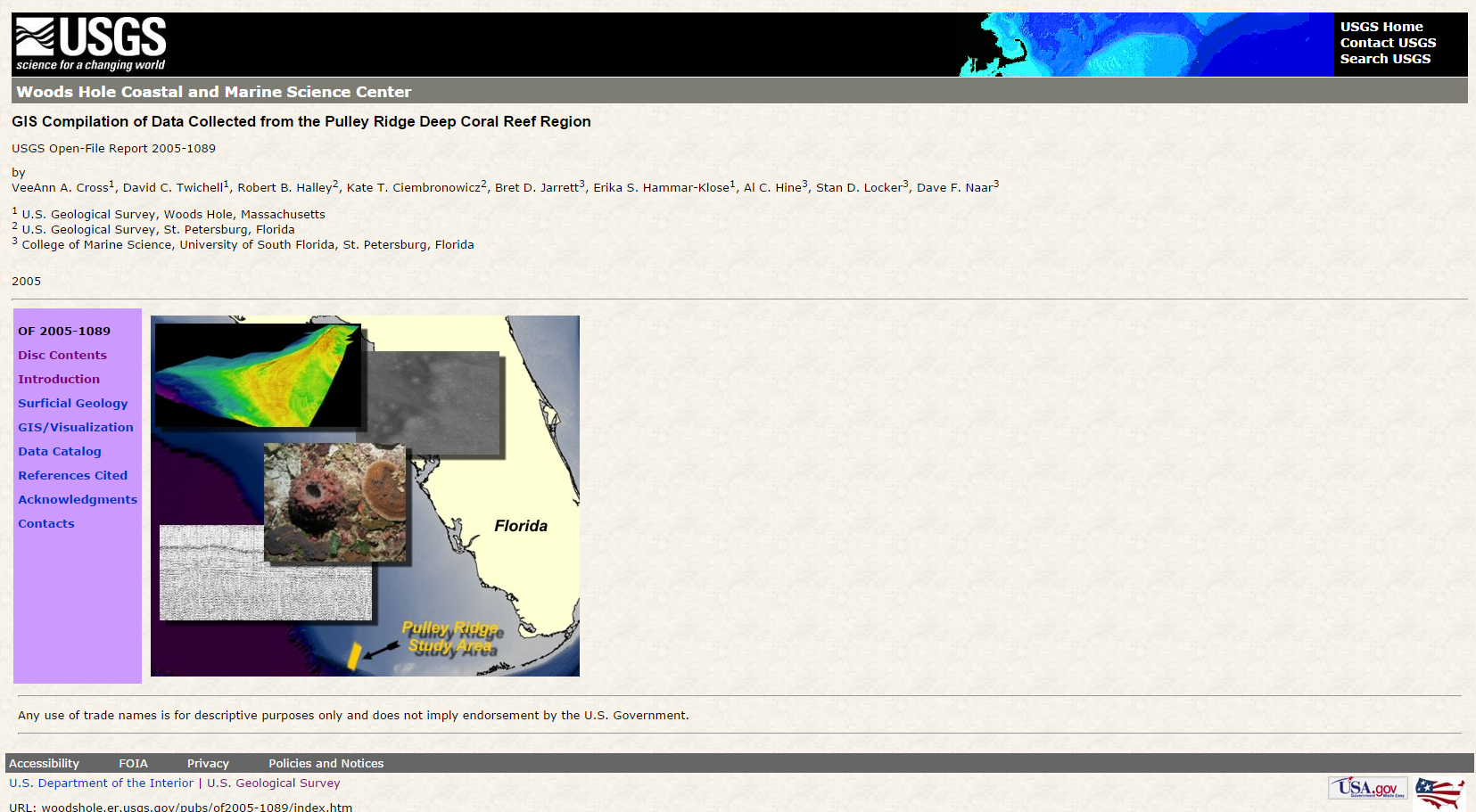Filters: Tags: {"type":"Publication"} (X)
122 results (196ms)|
Filters
Date Range
Extensions Types
Contacts
Categories Tag Schemes Tags (with Type=Publication ) |

Categories: Publication;
Types: Citation,
Map Service,
OGC WFS Layer,
OGC WMS Layer,
OGC WMS Service;
Tags: Open-File Report

Evapotranspiration (ET) is a key component of the hydrologic cycle, accounting for ~70% of precipitation in the conterminous U.S. (CONUS), but it has been a challenge to predict accurately across different spatio-temporal scales. The increasing availability of remotely sensed data has led to significant advances in the frequency and spatial resolution of ET estimates, derived from energy balance principles with variables such as temperature used to estimate surface latent heat flux. Although remote sensing methods excel at depicting spatial and temporal variability, estimation of ET independently of other water budget components can lead to inconsistency with other budget terms. Methods that rely on ground-based...
Risk to predators hunting dangerous prey is an emerging area of research and could account for possible persistent differences in gray wolf (Canis lupus) pack sizes. We documented significant differences in long-term wolf-pack-size averages and variation in the Superior National Forest (SNF), Denali National Park and Preserve, Yellowstone National Park, and Yukon, Canada (p<0.01). The SNF differences could be related to the wolves’ risk when hunting primary prey, for those packs (N=3) hunting moose (Alces americanus) were significantly larger than those (N=10) hunting white-tailed deer (Odocoileus virginianus) (F1,8=16.50, p=0.004). Our data support the hypothesis that differential pack-size persistence may be perpetuated...
Categories: Data,
Publication;
Types: Citation,
Downloadable,
Map Service,
OGC WFS Layer,
OGC WMS Layer,
Shapefile;
Tags: Behaviour

Large quantities of organic carbon are stored in frozen soils (permafrost) within Arctic and sub-Arctic regions. A warming climate can induce environmental changes that accelerate the microbial breakdown of organic carbon and the release of the greenhouse gases carbon dioxide and methane. This feedback can accelerate climate change, but the magnitude and timing of greenhouse gas emission from these regions and their impact on climate change remain uncertain. Here we find that current evidence suggests a gradual and prolonged release of greenhouse gas emissions in a warming climate and present a research strategy with which to target poorly understood aspects of permafrost carbon dynamics.
Identification of landscape features influencing gene flow: How useful are habitat selection models?
Understanding how dispersal patterns are influenced by landscape heterogeneity is critical for modeling species connectivity. Resource selection function (RSF) models are increasingly used in landscape genetics approaches. However, because the ecological factors that drive habitat selection may be different from those influencing dispersal and gene flow, it is important to consider explicit assumptions and spatial scales of measurement. We calculated pairwise genetic distance among 301 Dall's sheep (Ovis dalli dalli) in southcentral Alaska using an intensive noninvasive sampling effort and 15 microsatellite loci. We used multiple regression of distance matrices to assess the correlation of pairwise genetic distance...
Categories: Data,
Publication;
Types: Citation,
Downloadable,
Map Service,
OGC WFS Layer,
OGC WMS Layer,
Shapefile;
Tags: Baseline 5-Baseline data, species of concern: Dall-Thinhorn sheep,
Evolutionary Applications
Water quality in the Barnegat Bay estuary along the New Jersey coast is the focus of a multidisciplinary research project begun in 2011 by the U.S. Geological Survey (USGS) in cooperation with the New Jersey Department of Environmental Protection. This narrow estuary is the drainage for the Barnegat Bay watershed and flushed by just three inlets connecting it to the Atlantic Ocean, is experiencing degraded water quality, algal blooms, loss of seagrass, and increases in oxygen-depletion events. The scale of the estuary and the scope of the problems within it required a regional approach to understand and model water circulation within the bay and adjacent ocean. A continuous elevation surface (terrain model) integrating...
Types: Map Service,
OGC WFS Layer,
OGC WMS Layer,
OGC WMS Service;
Tags: Barnegat Bay,
Barnegat Inlet,
Bathymetry,
Beach Haven,
EAARL-B,
|

|